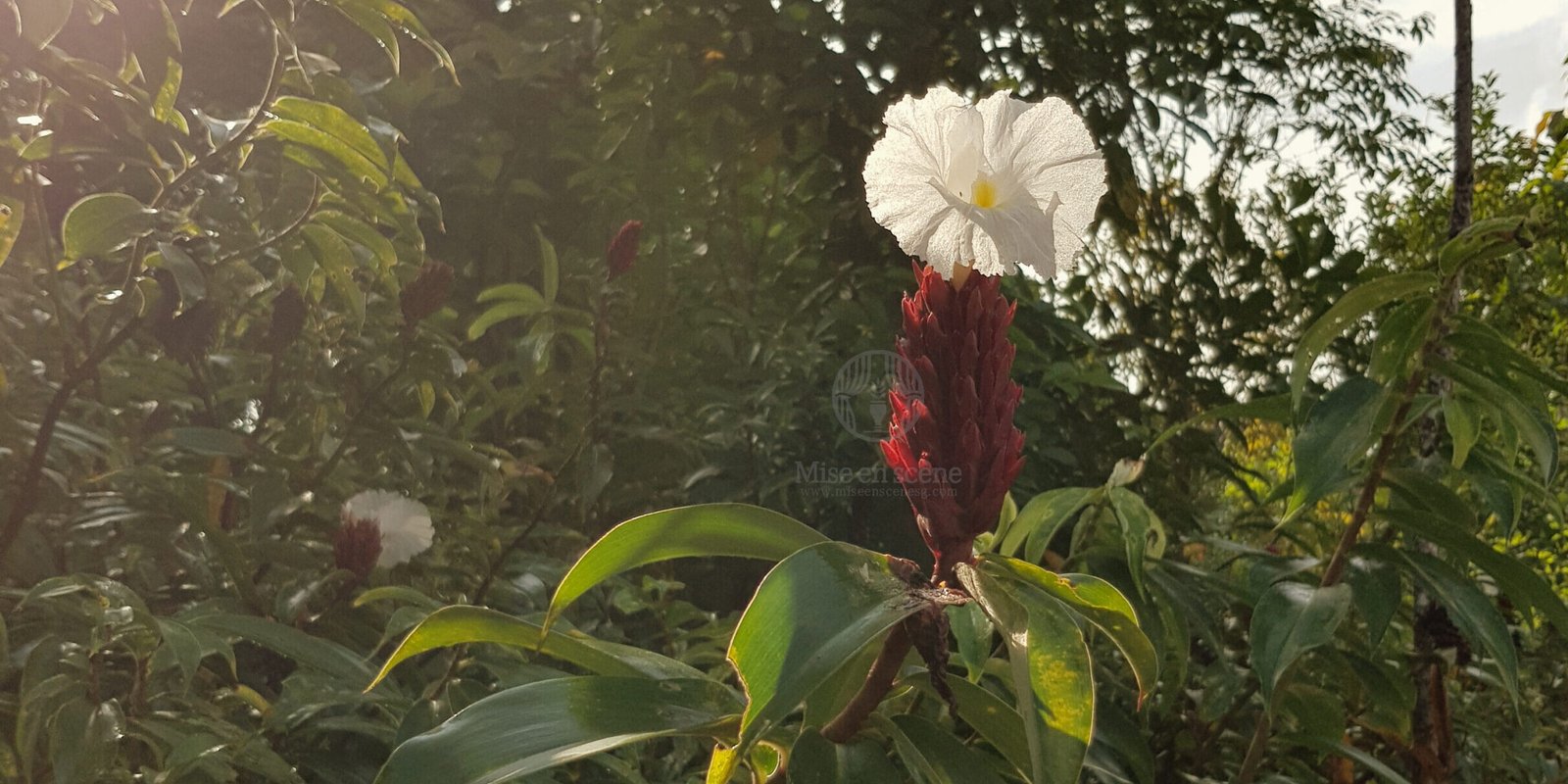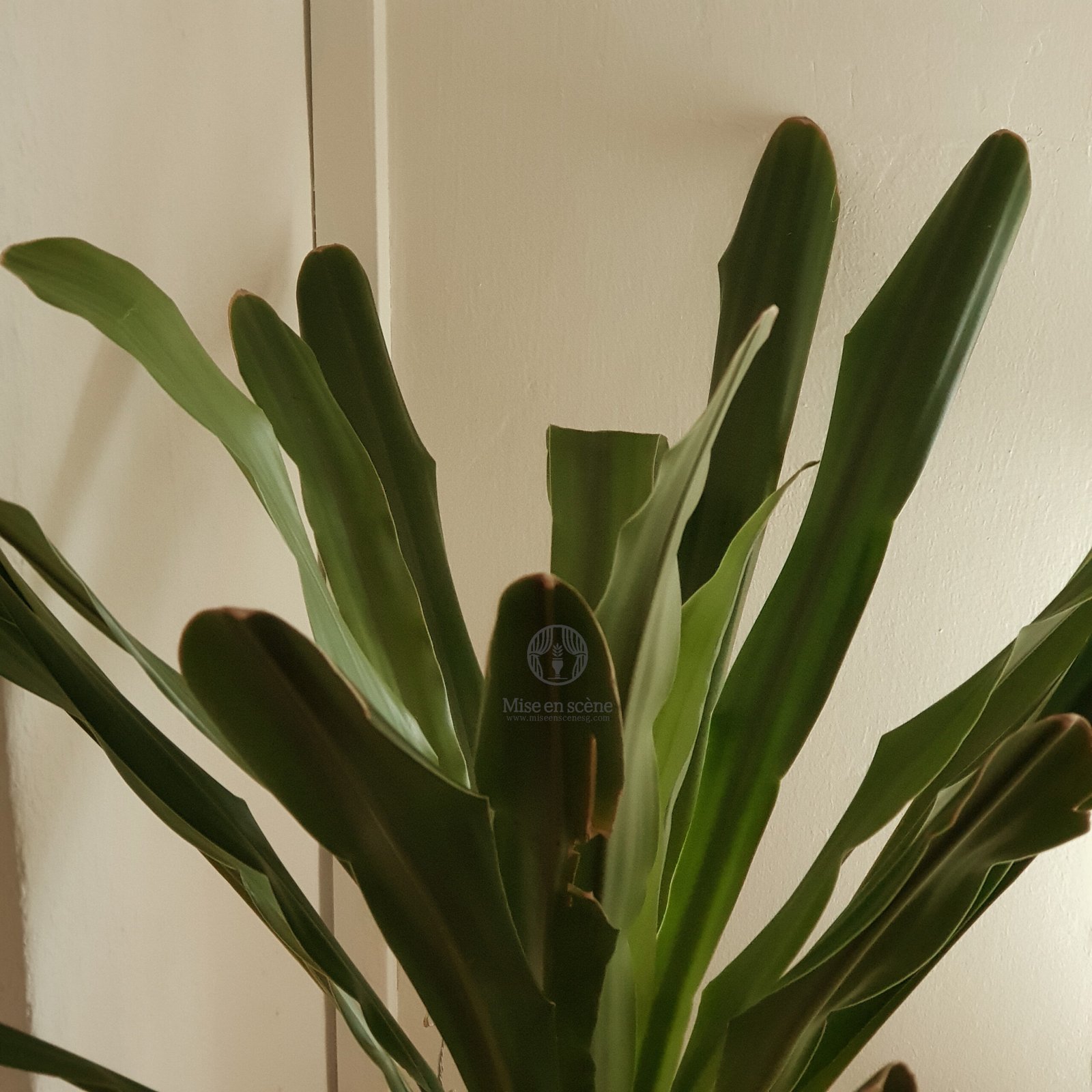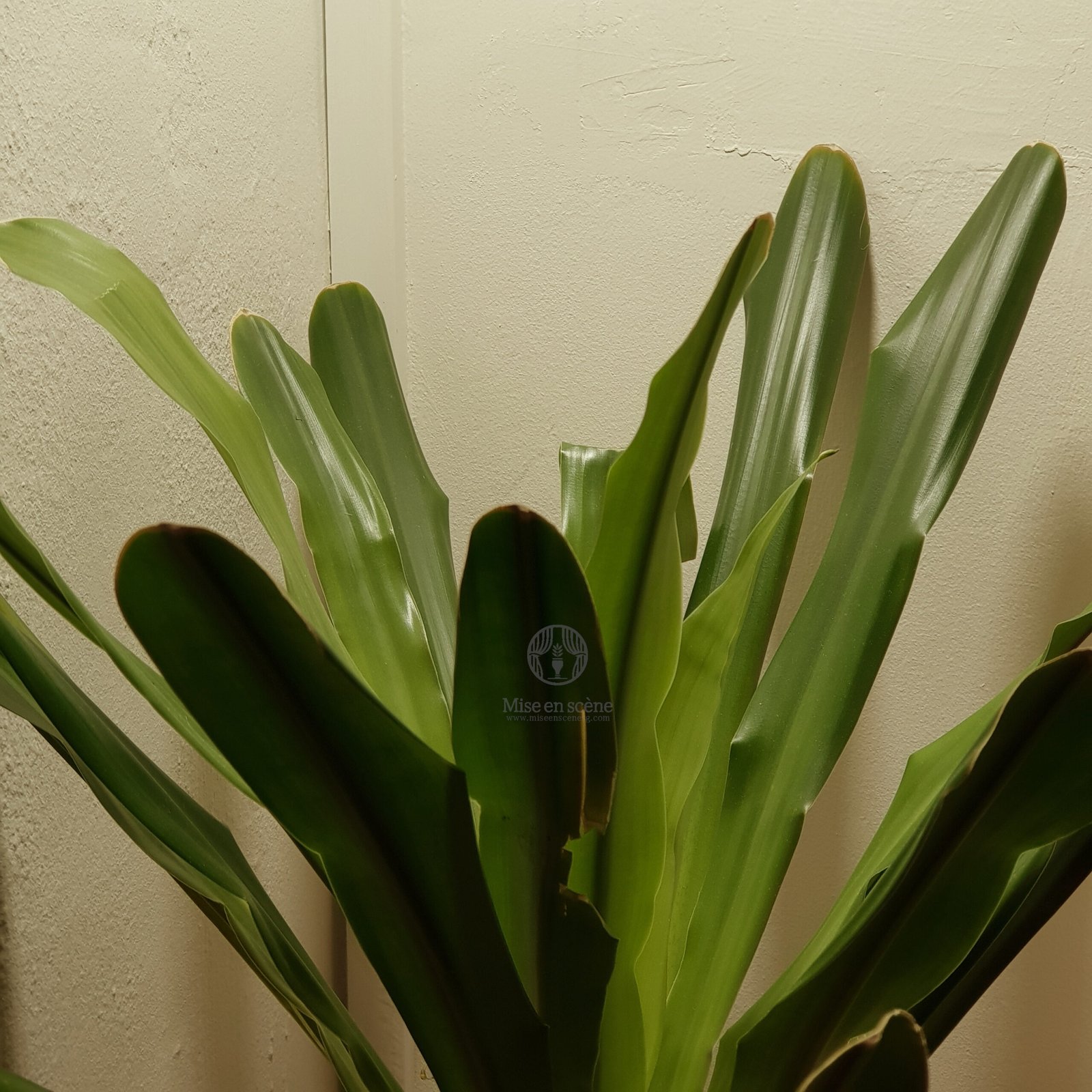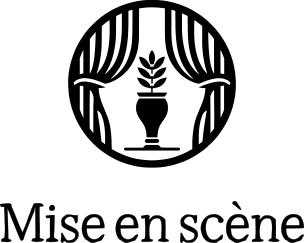Shopping Cart
No products in the cart.

POV: you spot a cute lovely plant at a nursery and you excitedly ask the nursery staff “Does it need sun”? And then you hear answers like “Partial shade”. ‘Bright but indirect light”. “Full sun”. What exactly do these terms mean?
Singapore’s National Parks Board has a good primer on this. If you are buying a plant but are not sure if it is suitable for your environment in terms of how much light it should get, start by observing where the plant is actually displayed in the garden centre you are shopping at. You will never find a hibiscus placed indoor or a begonia sitting under direct sunlight, unless on a short term or temporary basis.
When you are browsing the plants available on our online store, the required light level will also be offered in simple terms similar to the Nparks article linked above. However, we want to go a step further than most plant retailers in helping you get closer to understanding the right light levels for each plant we offer. So instead of wondering or “guesstimating” whether you can place a particular plant at your balcony, patio area, corridor corner, beside the kitchen window or next to the TV console, or even inside the toilet, you can get a much more accurate answer if you are willing to do a bit of groundwork before purchasing the plant. Here are the steps:
※ Download the free Android/iPhone app called Photone to measure the light intensity variations in your environment (the use of a proprietary phone camera light diffuser created by the developers for use with the app, is highly recommended for accuracy).
※ Measure with the app the light intensity of the location you intend to place the plant at, during the brightest time in daylight, using the “DLI” setting and adjusting the number of hours to “6”. Remember, if you typically also have artificial lighting turned on during the time of the day that you are measuring (e.g. in the context of offices), please also ensure that the measurement is taken with the light on.
※ For the plant you are interested in, look at the recommended DLI figure we publish and compare it to the figure you have measured. If the measured DLI is close to the recommended DLI, congrats you have a match! If the measured DLI is way lower, it means that even if you have this (measured) level of brightness for 6 hours per day at this location, the plant will still be very far off from receiving the amount of light energy it needs to survive.

A Dracaena Gymis is lit only by natural light streaming in from a window next to it. The PPFD measurement at the leaf surface was about 11 μmol/m²/s.

The same plant is lit with supplementary LED grow light. The PPFD measurement was about 145 μmol/m²/s. In the photos or viewing with the naked eye, we would mistakenly think that the light intensity is not too far off. Only by actually measuring the light intensity and referencing to online resources about the light levels different plants need, can we avoid the disappointment of watching a plant deteriorate due to incorrect light levels.
You can either choose another plant that can live with this amount of light, or you can change the location you place it to somewhere much brighter. If you still want the same plant and same location, there are still ways to overcome the shortfall. One is to position a strong spotlight (e.g. floor lamps, ceiling track lights etc) or grow light there, and/or increase the number of hours that location is lighted up. Go back to the position where you measured the light. Now increase the number of hours inside the DLI setting until you reach or go close to the recommended DLI figure we have published for that particular plant. If you find, for example, that the number of hours has to be bumped up to “18” in order to hit that recommended DLI, ask yourself whether you can realistically provide the same amount of light at the location (natural + artificial lighting both accounted for) for 18 hours every day. If the answer is no, then you have to either explore the option of further increasing the strength of artificial lighting there (more grow lights or brighter ones), or choose another plant or another location to place the plant.
This is it – the simplest way for us to explain how to understand the right amount of light required for each type of plant, that is repeatable and relatively accurate. This of course isolates the issue of “heat”, that in our tropical climate, is often proportional to the light level, when we are placing plants outdoors. Also, be careful about placement of artificial lighting. Although placing lights very close to the plant will increase the light level (and boost DLI readings), it also means greater heat on the leaf surfaces. These are some secondary issues which you need to be aware of although it is not within the context of this article.
You may think that this is too technical and unnecessary. But trust us, if you really want to find a suitable plant for your environment, this method will go a long way in preventing a disappointing experience of deteriorating or dying plants.
